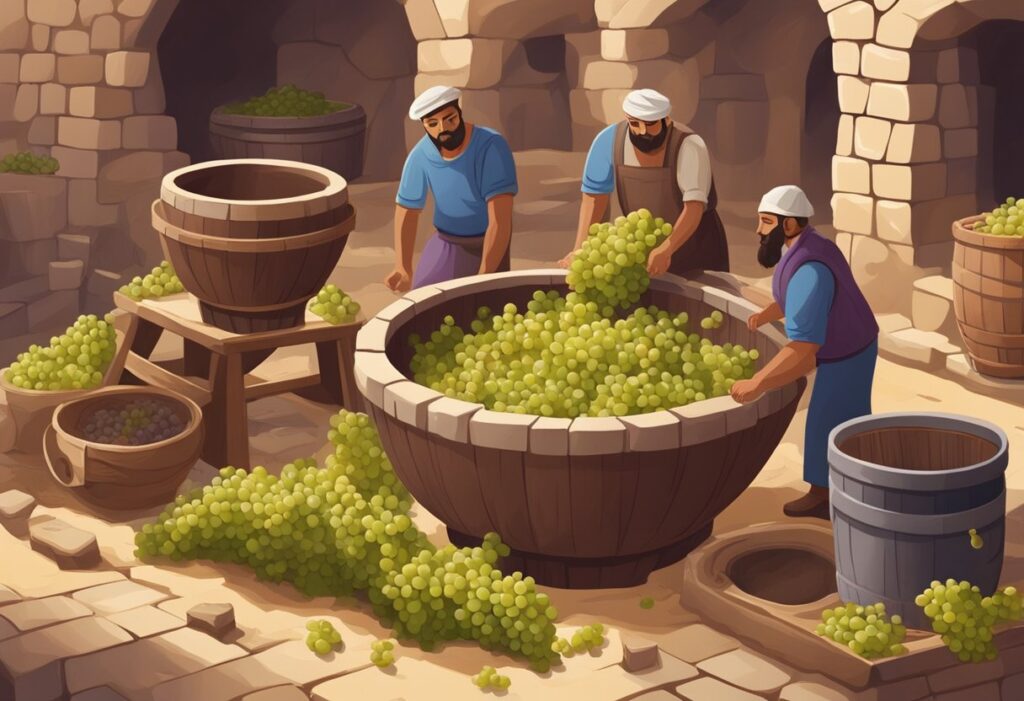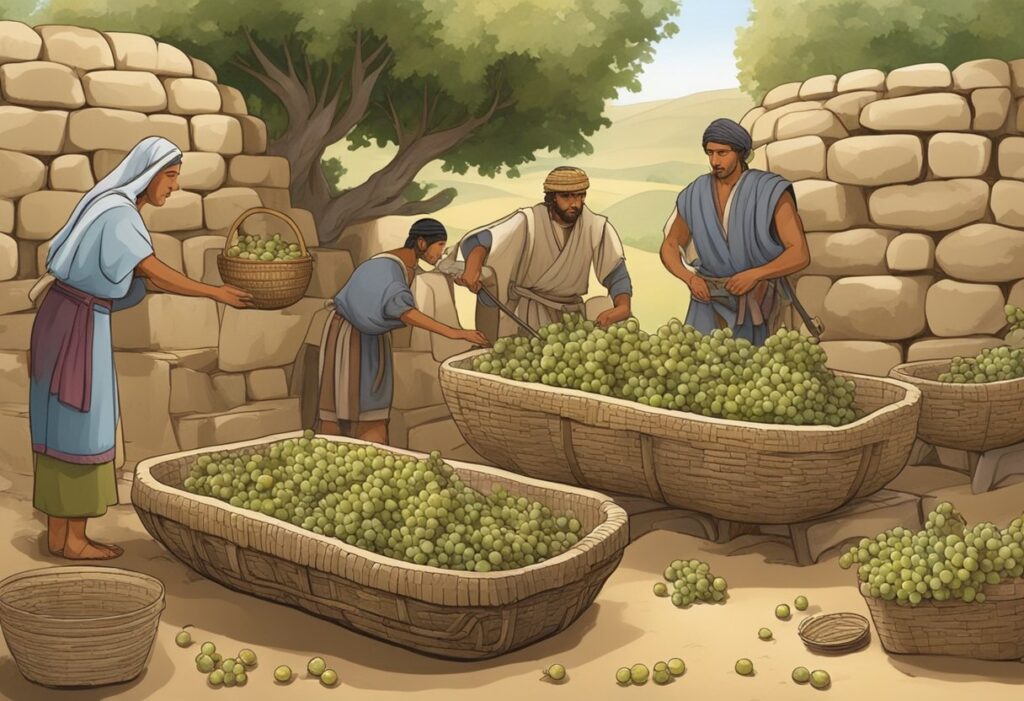Wine has a rich history that spans thousands of years, touching different cultures and regions. The earliest evidence of wine dates back to 10,000 BC in modern-day Georgia. Wine has played an essential role in human civilization from ancient religious rituals to its role in social gatherings today.
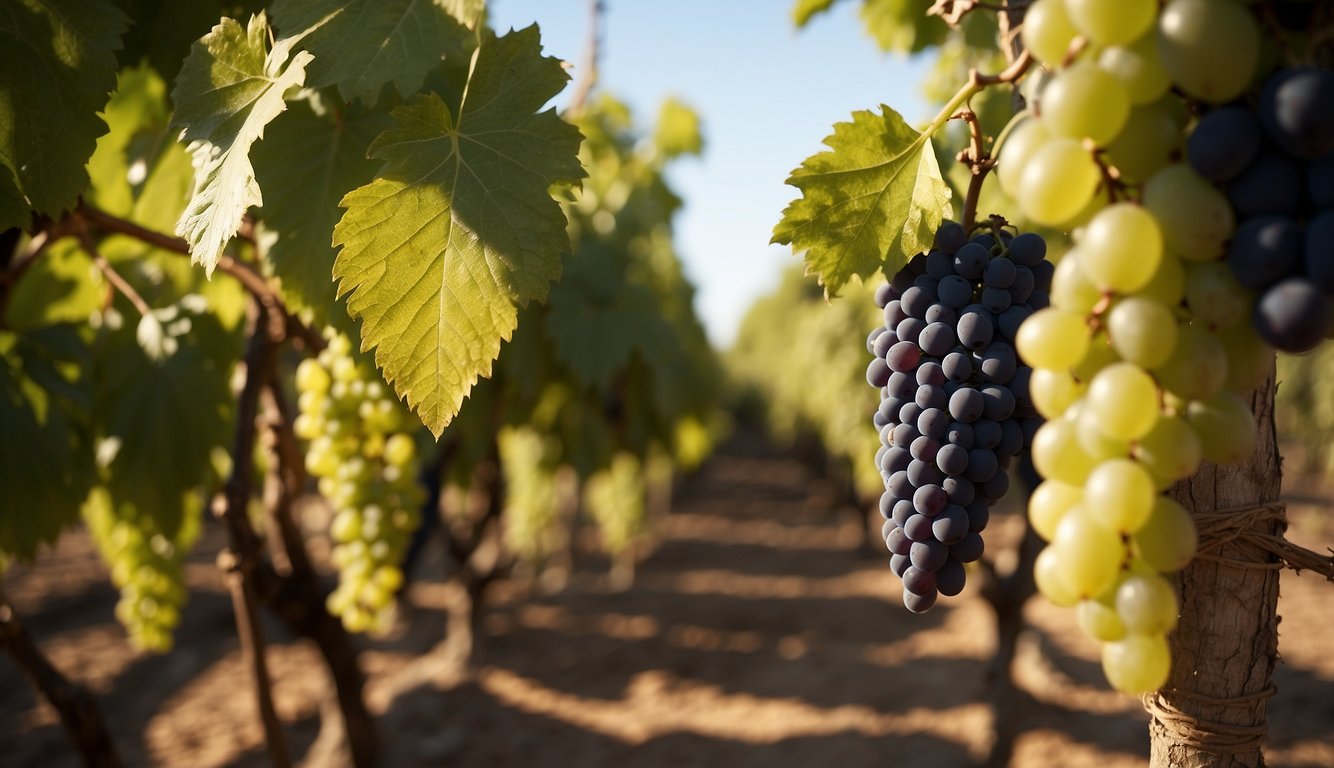
Around 4,600 BC, wine production started spreading from Armenia, reaching various parts of the Middle East, China, and Egypt. Over time, different regions contributed to the evolution of wine, creating unique traditions and techniques. For example, the marriage of Henry II and Eleanor of Aquitaine in 1152 significantly boosted the wine trade between Bordeaux and England.
Recent milestones include the auction of the 1869 Lafite-Rothschild for an astonishing $230,000 in 2010 and the release of the book Wine Grapes in 2012, which documented 1,368 official wine grape varieties. Stay tuned as you’ll uncover more fascinating events in the history of wine, showcasing its journey from ancient origins to modern-day marvels.
Ancient Beginnings and Development
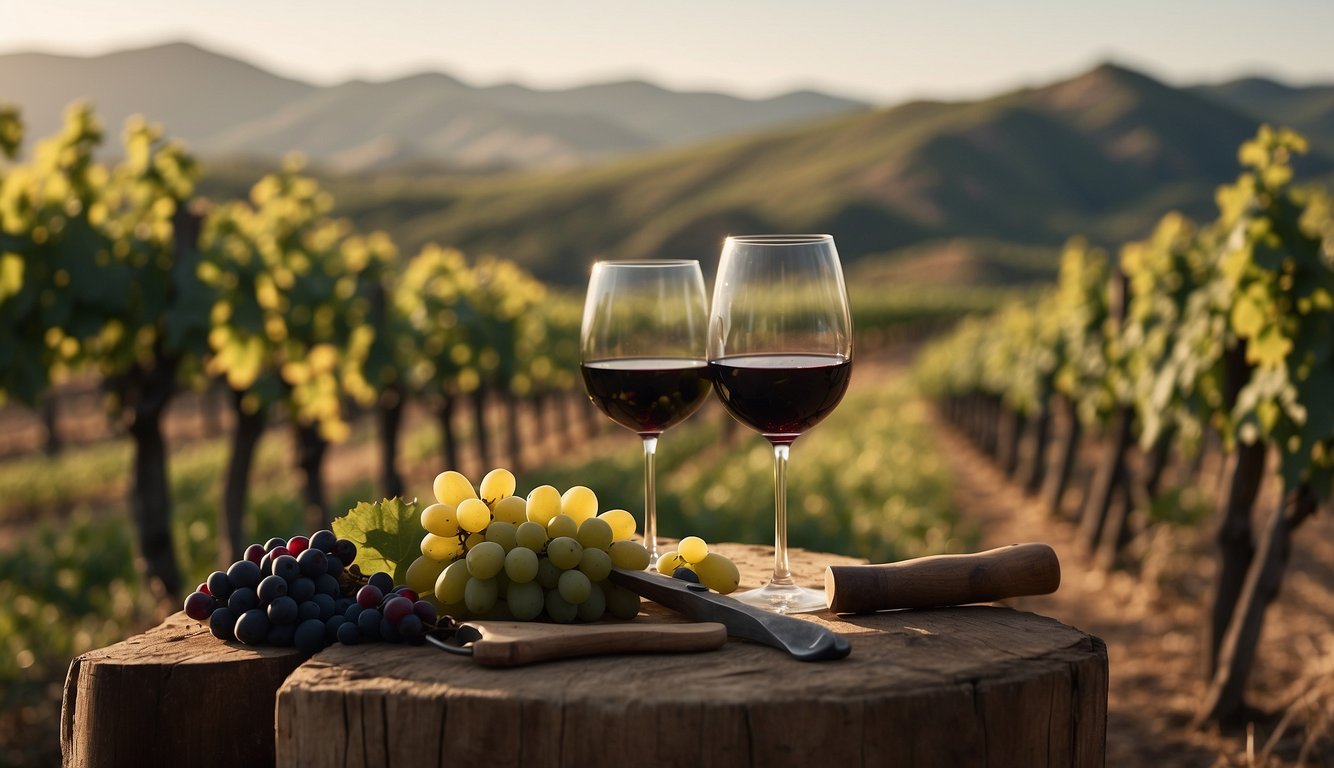
The story of wine begins in the Middle East and spreads throughout the Mediterranean. Key regions like Georgia, Egypt, and Greece played significant roles in its early history.
Birthplace of Wine: Middle East and Mediterranean
Wine’s journey started in the ancient Middle East. The oldest evidence of wine production dates back to about 6000 BC in Georgia. Archaeologists found traces of grape wine in pottery shards, offering proof of early winemaking. Mesopotamia and Armenia were also key centers, with wineries dating circa 4100 BC.
In Egypt, wine was essential in rituals and daily life. Pharaohs cherished it as much as the common folk did. Phoenicians spread winemaking knowledge as they traded across the Mediterranean, reaching Greece and Italy. Their advancements in grape cultivation laid the groundwork for future wine regions.
Wine in the Classical Era: Greece and Rome
In Ancient Greece, wine was more than a beverage; it was central to culture. Dionysus, the god of wine, was worshipped widely. Greek symposiums, or social gatherings, often featured wine as a key element. This period saw the spread of grape cultivation and winemaking techniques.
When the Romans conquered Greece, they adopted and expanded upon Greek winemaking practices. Rome became a dominant wine producer, with vineyards across the empire—in places like France, Italy, and Sicily. Wine was a daily staple for Romans, consumed by all social classes. The Bible mentions wine frequently, emphasizing its importance in religious and social events.
Spiritual and Social Significance: Religion and Community
Wine’s significance extended beyond mere consumption. In religion, it played a vital role, especially in rituals. In Ancient Egypt, it was associated with Osiris, the god of the afterlife. Offerings of wine were common in temples.
In the Christian tradition, wine symbolized the blood of Christ. The Catholic Church furthered winemaking skills during the Middle Ages, particularly through monastic orders. The Bible recounts Noah planting a vineyard after the flood, highlighting wine’s ancient roots.
Communities across the Mediterranean relied on wine as a social glue. Gatherings, feasts, and celebrations often featured wine, fostering connections among people. Its role in both religion and daily life underscores its deep cultural impact.
Global Expansion and Wine Regions
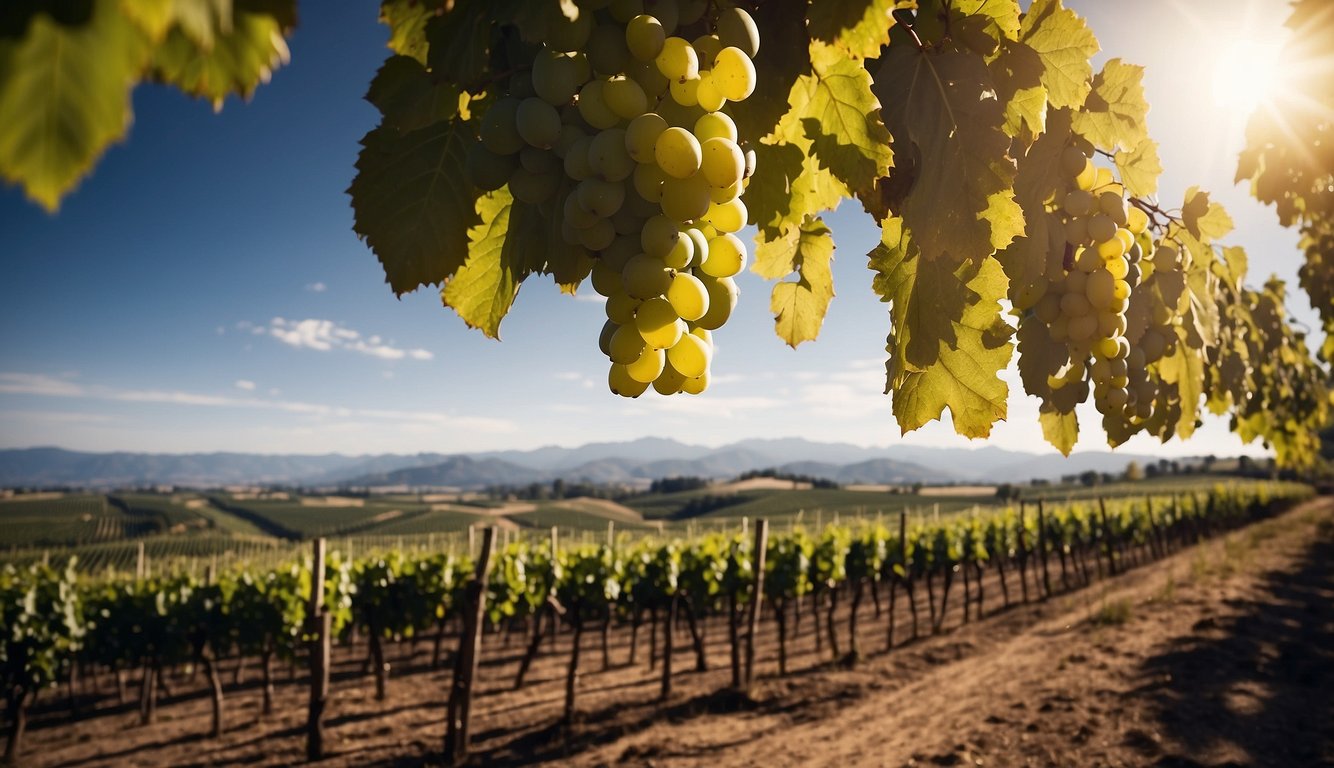
Wine has traveled across continents through history, making its mark in various regions. You will learn about the movement of wine from Europe to the Americas, contributions from Asia and Africa, and how unique wine regions develop their distinct characteristics.
New World Explorations: From Europe to Americas
The European settlers played a crucial role in spreading wine culture to the Americas. Spanish missionaries brought grapevines to South America, especially in countries like Chile and Argentina. California’s wine history began with Spanish missions in the late 18th century.
Napa Valley emerged as a prominent wine region, producing some of the world’s most renowned wines. Australia also saw significant development of its wine industry, especially in regions like Barossa Valley and Yarra Valley. New World wines, with their innovative techniques and diverse climates, have enriched the global wine landscape.
Asian and African Contributions: Diversity in Winemaking
Asia and Africa have also contributed to the global wine scene, adding diversity to winemaking traditions. China is now one of the largest wine producers, with regions like Shandong gaining recognition. The country’s evolving wine market shows how traditional and new practices can coexist.
South Africa boasts a rich winemaking history dating back to the 1600s. The Stellenbosch and Constantia regions are notable for their high-quality wines. In addition, countries like Egypt have historic ties to winemaking, evidenced by ancient practices that continue to influence modern methods.
Characterization of Wine Regions: Terroirs and Typicity
Terroir refers to the unique qualities of a specific geographical area that influence the characteristics of wine. This includes soil type, climate, and vineyard practices. France is particularly known for its emphasis on terroir, with regions like Bordeaux and Burgundy producing distinct wines.
Italy and Spain also highlight their regional differences, demonstrating the importance of terroir in defining wine typicity. You can explore wines from Tuscany or Rioja and notice distinct flavors and aromas representative of their origins. These regional characteristics make each bottle a reflection of its birthplace, creating a diverse and rich tapestry of global wine culture.
Innovations and Catastrophes in Winemaking
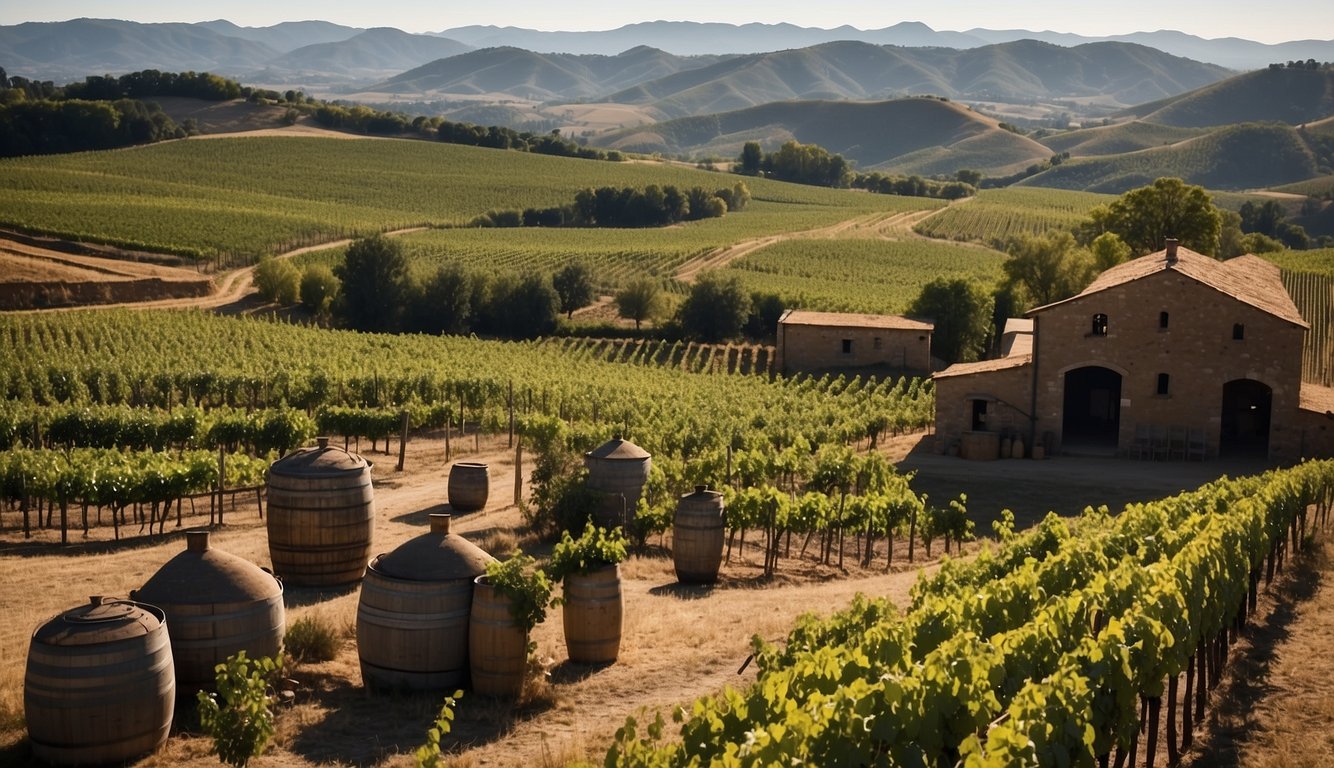
Winemaking has seen dramatic changes and faced significant challenges over the years. From evolving techniques to the impact of diseases, these events have shaped the industry.
Development of Winemaking Techniques
Winemaking techniques have advanced greatly throughout history. Early methods were basic, relying heavily on natural processes. Over time, scientific knowledge and technological innovations improved wine production.
In ancient times, fermentation was often spontaneous. People used rudimentary tools to crush grapes and then stored the juice in clay vessels. These early containers were prone to contamination, but they served their purpose.
Today, modern winemaking uses stainless steel tanks, controlled fermentation, and temperature regulation. These innovations ensure more consistent quality and flavor. Technologies like artificial intelligence now monitor grapevine cycles to maximize yield and quality, making winemaking more precise and efficient.
Phylloxera: Disaster and Renaissance
Phylloxera, a tiny insect, caused widespread devastation in the wine industry during the 19th century. The pest attacks grapevines, feeding on their roots and leaves. This led to massive crop failures, particularly in Europe. Traditional methods couldn’t combat the pest, and many vineyards were abandoned.
The solution came from grafting European vines onto phylloxera-resistant American rootstocks. This technique saved the European wine industry and led to a renaissance in winemaking. The crisis also spurred scientific research into disease-resistant grapevines, improving overall vineyard health.
Modern Practices: Science and Sustainability
Modern winemaking combines scientific advancements with sustainable practices to minimize environmental impact. Cutting-edge technologies like blockchain ensure the authenticity of wines, while AI helps monitor vineyard conditions in real-time.
Sustainable practices are now a significant focus. In regions like California, wineries are committed to reducing waste, conserving water, and protecting the environment. You can learn more about sustainability efforts from milestones outlined on California Wine Sustainability Milestones.
These approaches not only improve wine quality but also help growers adapt to changing climate conditions. Using digital ledgers for transparency ensures that the wine you enjoy is both high-quality and responsibly produced.
These advancements and setbacks have made the winemaking industry resilient and innovative.
The Cultural Era of Wine: Consumption and Critique
Throughout history, wine has shaped human culture in many ways. From its influence in art and literature to the rise of wine critics and the significance of food pairings, wine continues to be a cultural symbol.
Wine in Art, Literature, and Daily Life
Wine has long been a muse for artists and writers. In literature, you can find references to wine in works by Shakespeare and ancient poets like Homer. Paintings often depict wine in scenes of social gatherings and celebrations.
In daily life, wine was not just a drink but a part of religious rituals and medicinal practices. People believed in the health benefits of red wine, sometimes calling it the “nectar of the gods.” Wine also played a significant role in social customs and traditions, marking important life events.
Evolving Tastes: The Role of Wine Critics and Publications
The 20th century saw the rise of wine critics, who helped guide public taste and preferences. Notable publications like Wine Spectator emerged, offering in-depth reviews and ratings. This era marked a shift in how people chose wine, relying more on expert opinions.
Wine critics such as Robert Parker influenced the market, making certain wines more popular. These critiques often included detailed tasting notes, describing flavors, aromas, and the overall profile of the wine. This approach helped consumers make informed decisions and sparked a newfound appreciation for different wine varieties.
Pairing and Profiles: Food and Wine Harmony
One of the most important aspects of wine culture is the harmony between food and wine. Pairing wine with food can elevate your dining experience. For example, red wine often pairs well with red meat, thanks to its robust flavors.
Wine profiles help guide these pairings. You might pair a fruity red wine with cheese or a crisp white wine with seafood. Understanding these combinations can make meals more enjoyable and highlight the unique characteristics of both the food and the wine.
Some cookbooks and guides focus specifically on food and wine pairings, offering book recommendations and reading lists to help you explore this fascinating aspect of wine culture.
Varieties and Villages: Profiling Wines and Winemakers
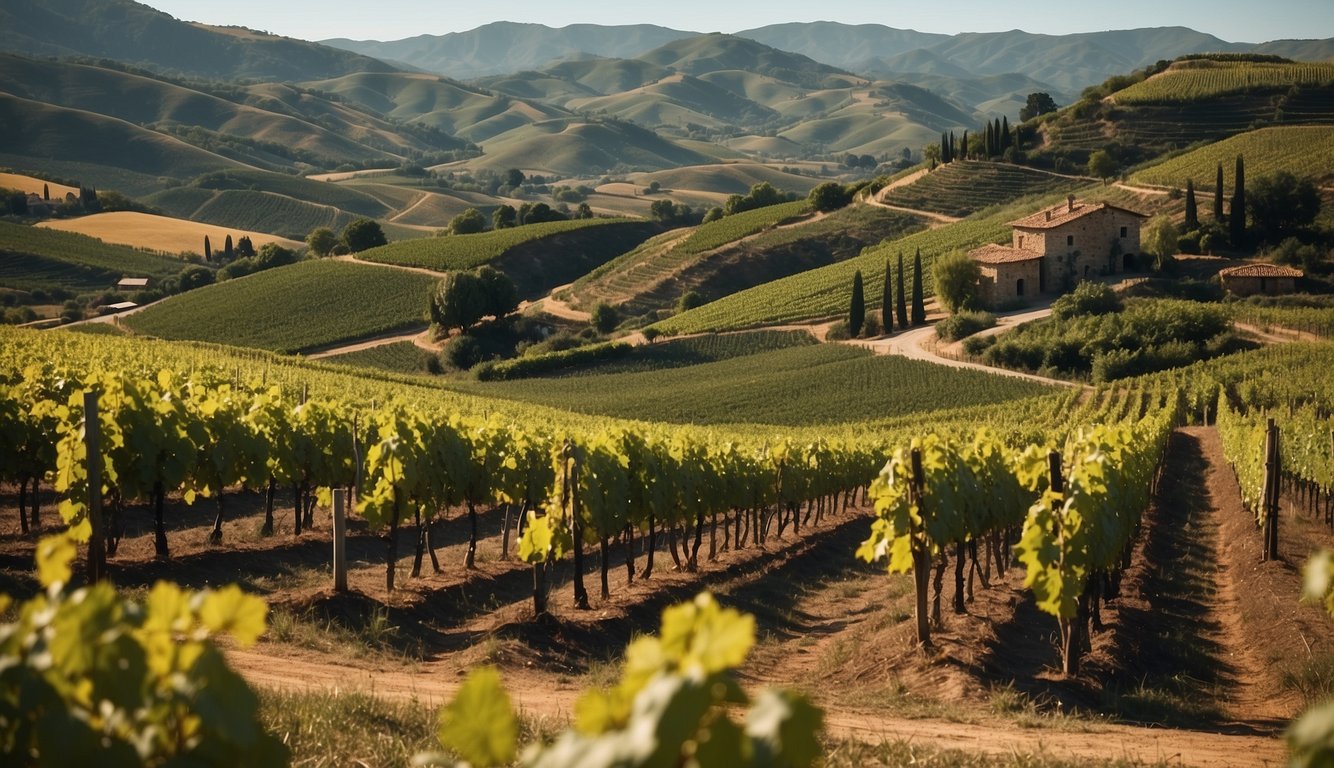
Wine is deeply connected to its varieties, regions, and the individuals who craft it. Knowing these elements enhances your appreciation for each bottle.
Distinguished Varieties: Cabernet Sauvignon, Merlot, Chardonnay
Cabernet Sauvignon is known for its full body, tannins, and dark fruit flavors. Originating from Bordeaux, it thrives in California as well. Merlot offers a softer taste with its velvety texture and plum flavors, making it a favorite in blends and as a single variety. Chardonnay can be rich and oaky or light and fruity, excelling in places like Burgundy and California. Each of these wine grapes showcases the versatility of vitis vinifera, offering unique profiles based on their growing conditions.
Spotlight on Regions: From Burgundy to Napa Valley
Burgundy is synonymous with Pinot Noir and Chardonnay, producing some of the world’s most sought-after wines. Its terroir, or unique growing conditions, contribute to the distinct characteristics of wines from this region. Moving to the United States, Napa Valley is famous for its California Cabernet Sauvignon, known for its bold flavors and high quality. Both areas are celebrated for their contributions to the wine world, including their detailed Burgundy tour booklets which guide enthusiasts through the region’s storied vineyards.
Faces Behind the Wines: Notable Winemakers
Prominent winemakers shape the wine landscape with their skills and innovations. For example, in Burgundy, winemakers uphold centuries-old traditions while embracing modern techniques. In Napa Valley, figures like Robert Mondavi have placed American wine on the global stage with pioneering practices. In Italy, winemakers continue to perfect classics like Chianti and Prosecco, contributing to the rich tapestry of Italian wine. These individuals blend tradition and creativity, making each bottle a testament to their dedication and expertise.
